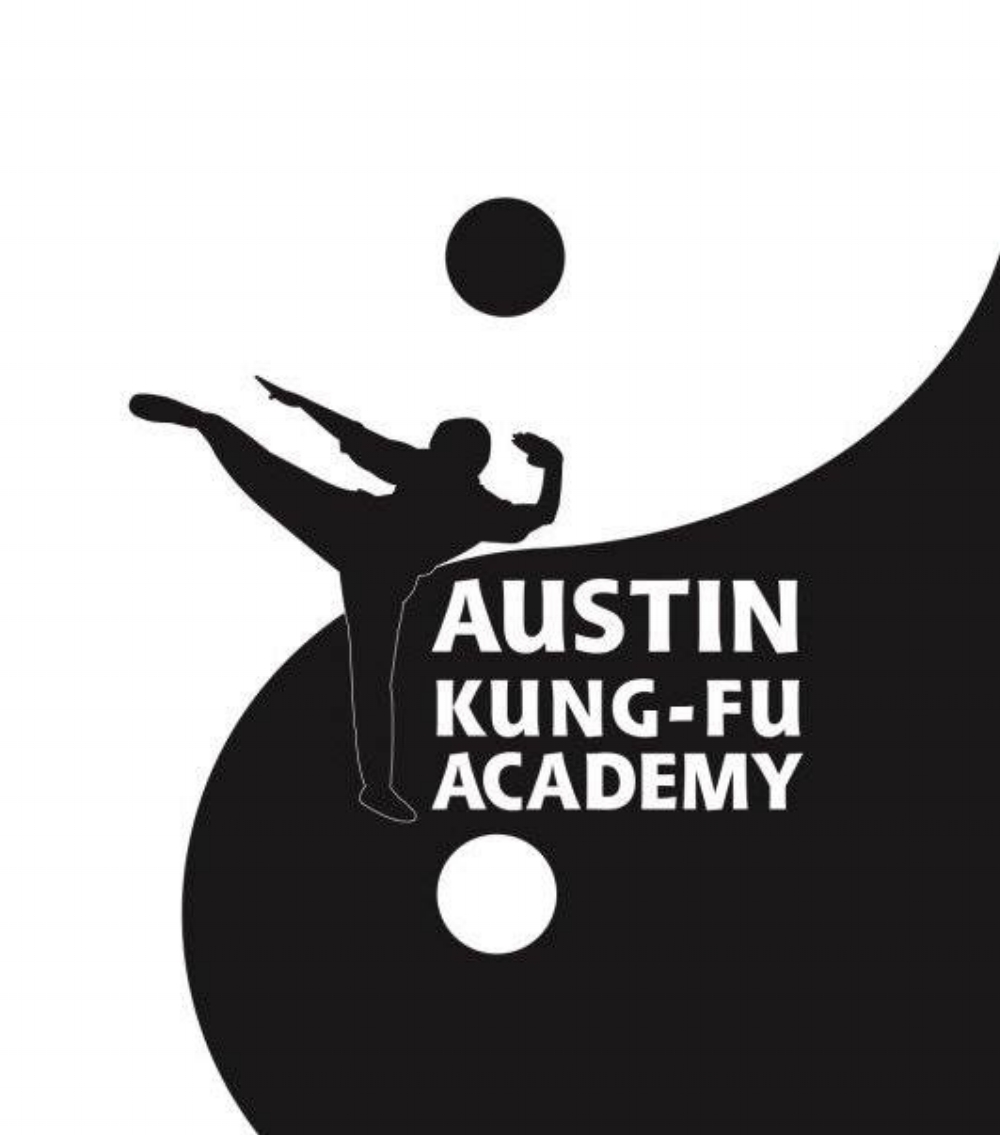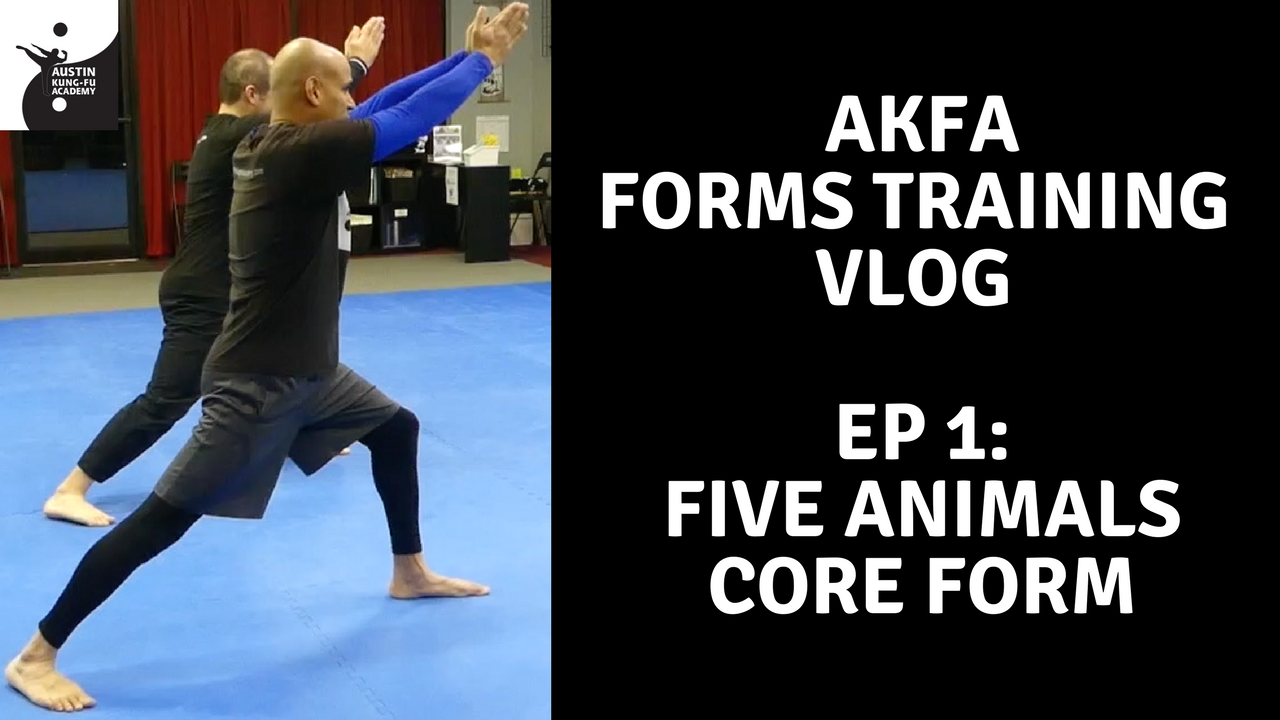How are you liking this vlog, thus far? So now we're going to string the techniques of Episodes 1, 2, and 3 together!
If you're going to try this, you must make sure you know the techniques of those episodes well. So please go back and double check your proficiency with each technique.
Alright. So, here we go! This is a self defense situation! Your partner circles you like a shark, and then throws a punch at you. You shield up and drive in and establish the clinch!
Your partner is going to be struggling in your clinch and moving around and walking around - you stay on them, stick to them like glue. Keep a good base, and don't let your legs cross.
After a few seconds of that, your partner will push off of your shoulders and scoot their butt back to attempt to break out of your clinch. Your arms come up and establishes underhooks, then you step up, squat, shoot back, cross your legs up high on their back, keeping your head up, and just chill.
Your partner will be going crazy, moving around, just stay stuck on them, make sure there is no space or room to punch your face. When they calm down a little, and start to lift up, wrap their neck with your arm FIRST, and then wrap their arm. Now you have head and arm control in the guard, also known as Stage 1 of the Guard.
Then your partner bears their chest down on you, and tries to put all of their body weight on you (they push off the ground with their feet to do this). At that moment is when you do the Heavy Chest version of the Triangle Choke. Pull them back-push on the side of their head/face, shrimp out, insert your right foot, then your left as they keep driving...grab their arm...as they keep driving towards you, hike your right leg over their shoulder, cross your legs, buck your hips up, and extend your arms, getting ready for punches. Then when they stop, swim your arms under their right while bucking your hips up, grab it with both arms, then left hand on their head, then left foot on their hip, wiggle back as your right leg gets glued against the side of their neck, then grab your right ankle with your left hand -pull forward. Then replace your left hand with your left leg, wrapping around your right ankle while right hand joins with the left hand going on the back of their head....and then 3 points of pressure: squeeze thighs, bridge hips up, and pull head down with both hands.
Partners, make sure to TAP! Person doing the technique, make sure to RESPECT THE TAP AND LET GO.
Drill this out a few times until it becomes more and more fluid. I recommend doing it 5 times each time you practice.
Connecting techniques like these gives you a feel of a fight, starting from standing, then doing a takedown, establishing control, neutralizing punches whenever they occur, and once the moment is right, apply the submission.
There you have it! This is great self defense training for beginners! But there is some work involved! It is not a quick fix type of methodology where you'll be able to execute right away. It must be worked at and developed.
When you start building the proficiency, your training partner can give you higher levels of resistance, as you see us doing at the beginning. When you find your body reflexively moving like this, you start getting the sense that yes, you can effectively defend yourself with these moves.
Have fun with this!
Follow me for more Martial Arts Instruction on social media:
Twitter - @AustinKungFu
Instagram - @AustinKungFuAcademy
Facebook - Facebook.com/AustinKungFuAcademy
https://youtu.be/eSKjTTMkCkg












